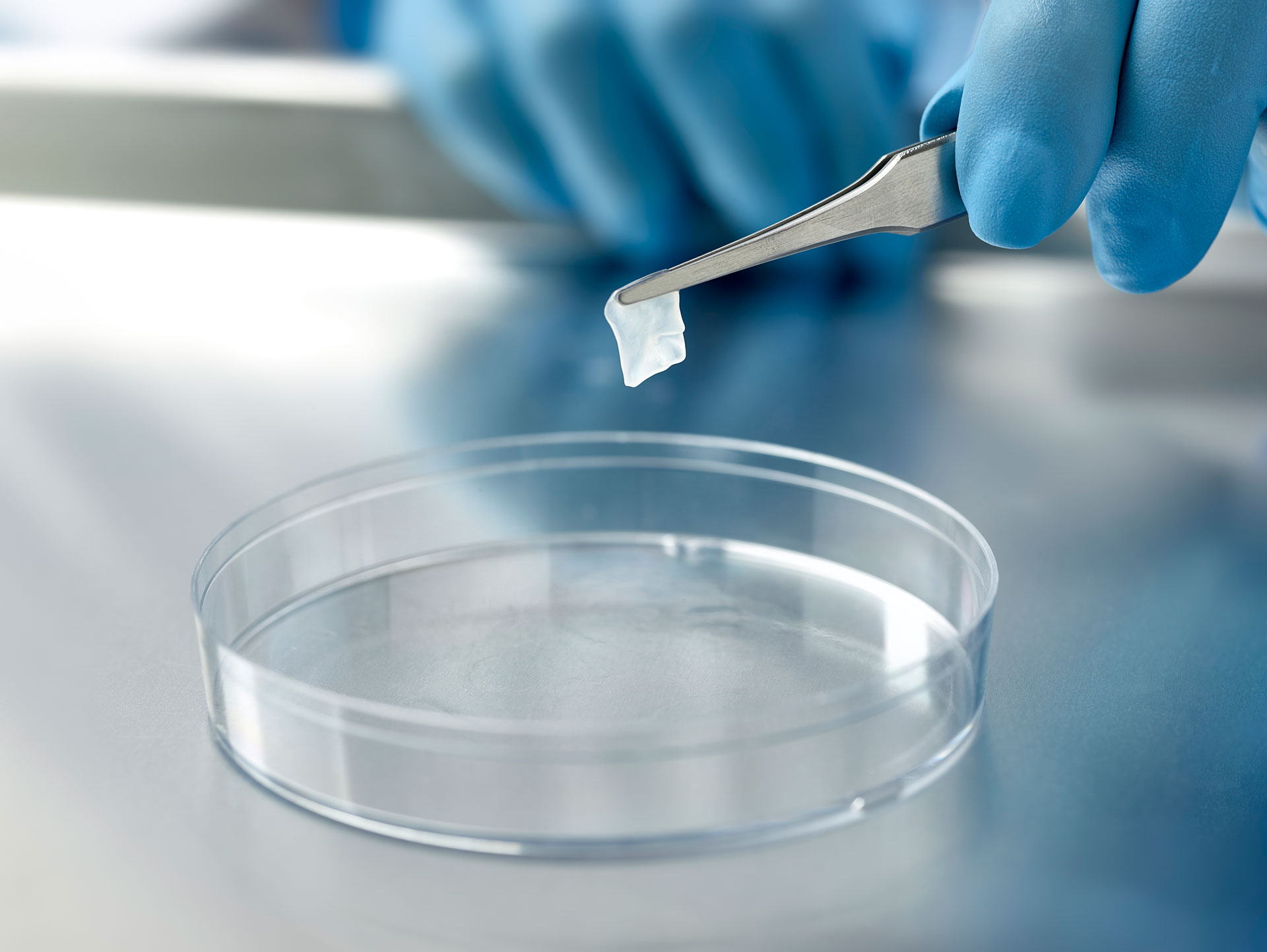Wow Moment Video Library
Crystal Brimer, OD, FAAO
“The peace of mind of knowing that when I put a PROKERA in and I take it out, I’m not going to have an adverse reaction and that means the world to me.”
Marguerite McDonald, MD
“I put on a second one and took it off a week later, she was 20/20 on both eyes, we canceled the surgery and I became a believer. That was my Wow Moment”
Paul Karpecki, OD
“Cryopreserved maintains a lot of the essential components that are necessary for healing. It also has the research and there is lots of scientific sources that show nerve regeneration for example, which we have not seen with any other form of amniotic membrane.”
Cynthia Matossian, MD
“Maintaining all of the biological factors in their original, or as close to the original, format as possible is to me what is really important and what stands out with BioTissue, so I use the cryopreserved as my go-to with PROKERA.”
Ravi Patel, MD
“I’ve used both of the products and while the dehydrated version of amniotic membrane, I haven’t found that to be much more helpful than a traditional bandage contact lens”
John Sheppard, MD
“We use cryopreserved amniotic membrane daily in the practice and we use it weekly in the operating room. This technology is safer and easier to manipulate, it lasts longer and the outcomes are predictable.s”
Laura Periman, MD
“We find excellent success with using the PROKERA device to help rescue patients from that inflammatory abyss that they find themselves in, and we can start to reverse the disease state to where they can get some real healing.”
Bobby Saenz, OD
“Going into my residency and just trying both of them out [dehydrated and cryopreserved], you can definitely see the better wound healing properties that PROKERA has over dehydrated.”
Doug Devries, OD
“At that point, I really said “you know what, I’m just going to stick to what has been working and has the efficacy” and so from that point on I’ve really been strictly cryopreserved rather than going with dehydrated membrane.”
Steve Kane, MD
“We were able to heal this patient’s cornea beautifully without taking him to the OR… the PROKERA amniotic tissue was really powerful in terms of turning around this patient’s disease course.”
Jean Keamy, MD
“One of them [patient] had totally healed her neurotrophic ulcer that had been persistent for the past six months…when I saw her before I left it was a Wow Moment! Now she is going to be able to have cataract surgery because her cornea looks amazing.”
Frank Bowden III, MD
“When I’m dealing with an ocular surface environment that is associated with inflammation… the PROKERA devices has been particularly useful in the office as a means to effectively reduce ocular surface inflammation.”
Bill Trattler, MD
“What I love about PROKERA® is the fact that it is cryopreserved. I have had an excellent response over many years from a variety of different situations so I feel most comfortable with that technology.”
Nicole Lemanski, MD
“Literally, in four days, his cornea was back to normal, and his defect had healed, and it had been months since he had been without a contact lens, he felt so much better. That was definitely an amazing Wow Moment for me, and I’ve used PROKERA in my practice since.”
Ahmad Fahmy, OD
“That was my Wow Moment, looking at that cornea after I had used the PROKERA amniotic membrane on her eyes, and it went from about a stage four to a stage two…the level of improvement in the dryness of the ocular surface significant and much more than I had seen.”
John Livecchi, MD
“One of my ‘Wow moments’ that stands out is…I had a patient who had chronic iritis. Her cornea was decompensating for many years and had seen several physicians over a five- or six-year period, and found me. Long story short, I decided this patient was a good candidate for PROKERA. So, I put a PROKERA in, and the patient’s vision, for the first time in over five years, went from 20/400 to 20/40″
Marjan Farid, MD
“My ‘Wow Moment’ with PROKERA was with a patient with herpetic keratitis. I said, ‘You know what, let’s just put in a PROKERA and see what happens.’ And the patient’s epithelial keratitis, not only did it heal, but there was no evidence of scarring a week later when I took out the PROKERA, which is unheard of for me.”
Vin Dang, OD
“When I have patients come in, I want to make them better, not worse. With the dehydrated membrane, I made them worse. That’s a bad experience when you’re trying to help somebody, and you make them worse…That is why I use PROKERA”
Joseph A. LoCascio, MD, FACS
“I used AmnioGraft with some traction devices inside his fornices… the result was he healed with no symblepharon. There is no question in my mind that that tissue saved his life, and his vision.”
Scott Hauswirth, OD
“It’s far superior to anything else that I’ve used in the regenerative medicine area, and it also gives a nice boost to the ocular surface in cases of moderate to severe keratitis or other corneal issues.”
Our Products:

PROKERA is a biologic corneal bandage device used by eye doctors around the world to treat ocular conditions such as keratitis, moderate to severe dry eye disease, and many other ocular surface diseases.

AmnioGraft is a biologic ocular transplantation graft used by eye surgeons around the world as an adjunct therapy for ocular surface indications such as pterygium and mechanical dry eye (CCh).

AmnioGuard is an umbilical cord graft that is used by ophthalmic surgeons to cover a wide variety of indications including tube shunts from glaucoma drainage devices.
